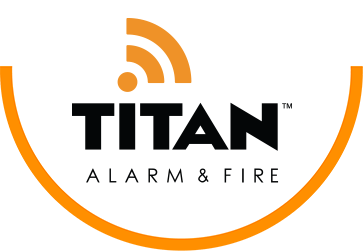A computer room, or data center, serves as the “nerve center” for many businesses these days. A fire in this area of your facility could destroy your expensive computer equipment — as well as the vital data it processes and stores. The resulting downtime and the loss of mission-critical information could have devastating consequences for your operation.
The following prevention tips can minimize your risk of a data center fire:
- Manage the paper clutter: Don’t make your computer room a repository for stacks of paper documents or other combustible materials. If you print a lot of documents, keep the paper flow moving through and out of the room instead of creating large piles.
- Inspect power cords: If yours is like most data centers, it’s full of power cords that connect all your computer equipment. Check the condition of the cords periodically and replace those that are worn or frayed.
- Implement good housekeeping practices: Dust can accumulate on and around your computer equipment, which poses a significant fire hazard. Make sure your office cleaning protocols include regular cleaning and dust removal for your computers, servers, printers, copiers, etc.
- Institute a fire response plan: Be certain the room has at least one fire extinguisher and provide training for your employees on how to use it. Integrate an escape route from the room into your facility’s fire evacuation plan.
- Install a fire protection system: While you may have a sprinkler system in other areas of your building, water-based fire sprinklers are not a wise choice for a data center — water can damage your sensitive electronic equipment. A clean agent fire suppression system is a better option for a computer room environment.
- Schedule regular fire inspections: A timely inspection of your company’s fire prevention systems will verify that your building is fully protected against the possibility of a fire. It will also ensure compliance with local fire codes — and give you peace of mind.
Contact Titan Alarm for All Your Business Fire Protection Needs
As a full-service fire protection solutions provider in Phoenix, Mesa, and Tucson, AZ, you can count on Titan Alarm, Inc. for the best commercial fire prevention systems in the region, as well as comprehensive inspection/testing services. Contact us to learn more today.
Learn More About Fire Sprinkler Systems
Updated by Titan Alarm on November 5, 2018.












